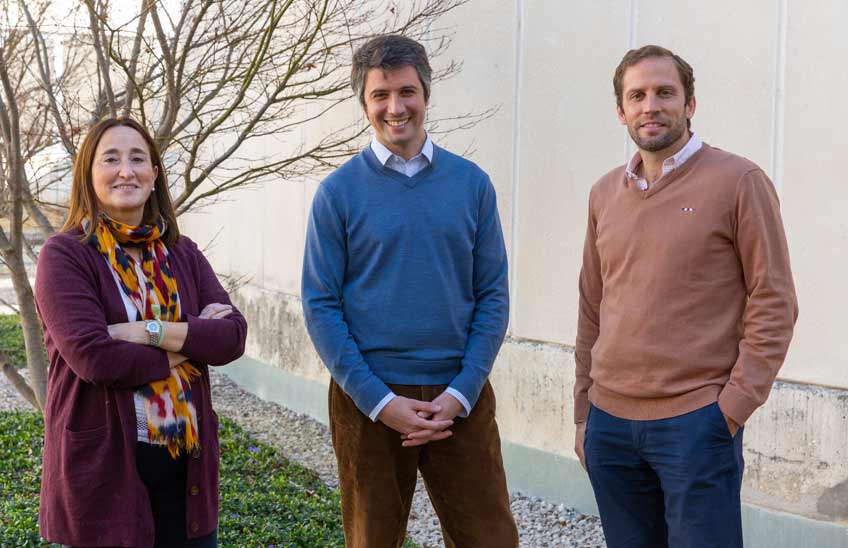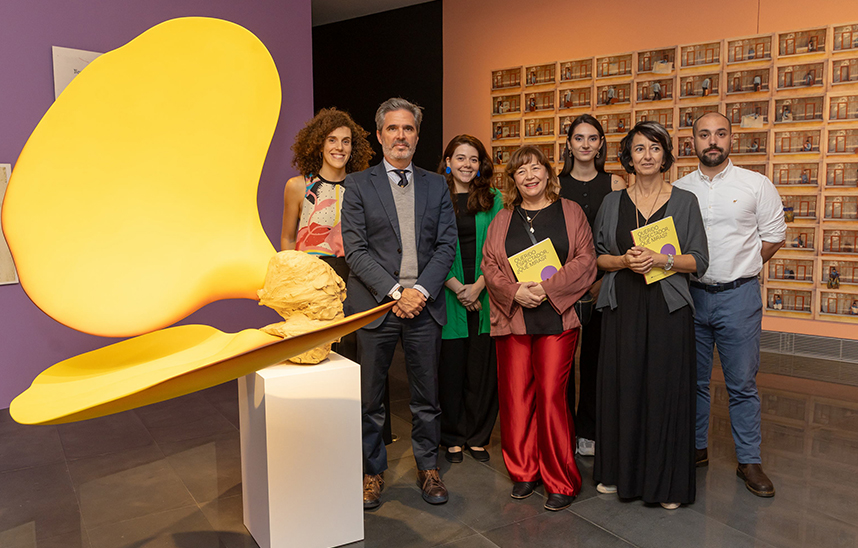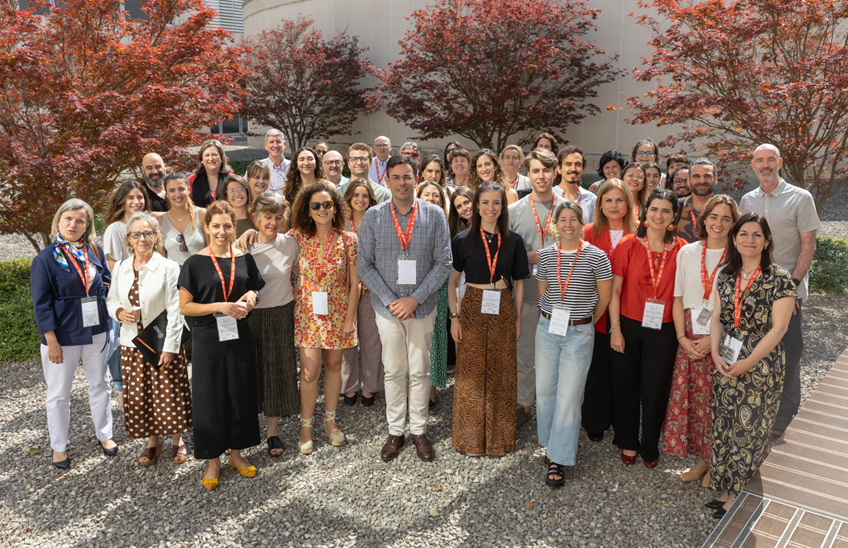67% of the social interactions of 18-25 year olds are face-to-face, according to a study by ICS and Ghent University.
The report, carried out with the Social Observatory - "La Caixa" Foundation, has analyzed 12,421 social interactions of 257 young adults in Spain.

FotoManuel Castells<br>/De izquierda a derecha, Charo Sádaba, Aurelio Fernández y Javier García Manglano, investigadores del grupo 'Jóvenes en transición' del ICS.
21 | 07 | 2023
Young adults aged 18 to 25 prioritize face-to-face encounters when interacting socially. Specifically, 67% of these meetings are face-to-face. This is revealed by a study of the Social Observatory of "La Caixa" Foundation, carried out by researchers from the group 'Youth in transition' of the Institute for Culture and Society (ICS) of the University of Navarra and the University of Ghent (Belgium).
From agreement with those responsible for the research, when average technology, 19% of interactions are done by messaging, 11% by call or video call and only 3% is done through social networks.
The article, graduate 'Social interactions of young people: face-to-face, among friends and family, and little presence of the cell phone', is signed by Aurelio Fernández, Charo Sádaba andJavier García-Manglano, from the ICS; and Marieke Vanden Abeele, from campus Ghent. In total they have analyzed 12,421 social interactions of 257 young adults in Spain to understand how they interact: with whom, through what medium, with what purpose, how much effort it requires and to what extent each interaction is associated with the perception of high levels of closeness.
These data were collected over four weeks using a novel methodology that allows the analysis of phenomena that vary from moment to moment, thanks to the use of a mobile application. This provides a detailed picture and a much broader view of the day-to-day life of this population segment.
Face-to-face cell phone use
From agreement with the researchers, the study invites optimism because it reveals that young people make a more rational use of the ubiquitous telephone than is usually thought and, in addition, they are far from losing social skills despite living surrounded by technology.
The study also reveals that young adults, in general, hardly use their cell phones when they are face-to-face with another person. This was stated by 70% of those who participated, a percentage that rises to 80% when the interaction is of higher quality. The authors add that, on some occasions, it is normal to use it to look up information about what is being discussed, or to write a message to another person, or simply to distract oneself.
agreement According to the ICS and Ghent experts, the most frequent social interactions among young people are those aimed at maintaining a relationship (54%), which include hanging out, catching up, gossiping or joking. In second place (34%) are interactions aimed at a practical purpose: something to do with work or programs of study, making plans or asking for information.
Respondents engage in the vast majority of social interactions (81%) with friends and family. Sixteen percent engage with simple acquaintances while 3% do so with strangers.
This study is related to the challenge ICS 2022-2023, which is aligned with the University of Navarra's Strategy 2025 'Health and Wellness'. The goal of this strategic line is that the University is a place where study and work can be combined with a healthy lifestyle, as well as working together with other centers and organizations to contribute to promote a culture of health in society.


